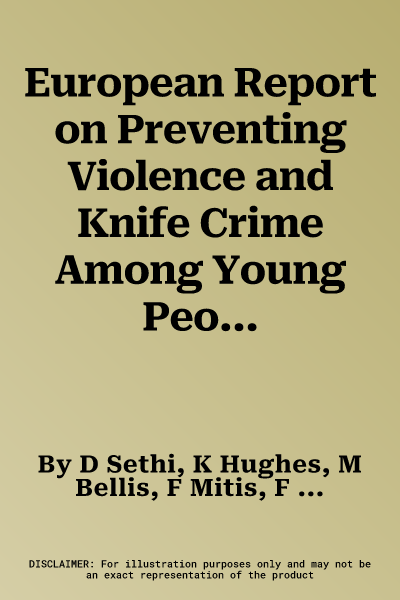Interpersonal violence is the third leading cause of death and a leading
cause of disability among young people (those aged 10-29 years) in the
53 countries in the WHO European Region. This report describes the
burden that violence imposes on the Region, particularly its poorer
countries and groups; risk factors and their interactions; factors that
can protect young people from violence; and the evidence supporting the
efficacy of preventive action. The report concludes by calling for
greater investment in prevention and mainstreaming of the objective of
preventing violence among young people into other areas of health and
social policy.
This burden of disease and death from youth violence is unequally
distributed, and 9 of 10 homicide deaths in the Region occur in low- and
middle-income countries. Irrespective of country income, interpersonal
violence disproportionately affects young people from deprived sections
of society and males, who suffer 4 of 5 homicide deaths. Many
biological, social, cultural, economic and environmental factors
interact to increase young people's risk of being involved in violence
and knife-related crime. Factors that can protect young people against
violence include good social skills, self-esteem, academic achievement,
strong bonds with parents, positive peer groups, good attachment to
school, community involvement and access to social support. Good
evidence indicates that reducing risk factors and enhancing protective
factors will reduce violence. The experience accumulated by countries
within and outside the Region shows that social policy and sustained and
systematic approaches that address the underlying causes of violence can
make European countries in the Region much safer for young people.

